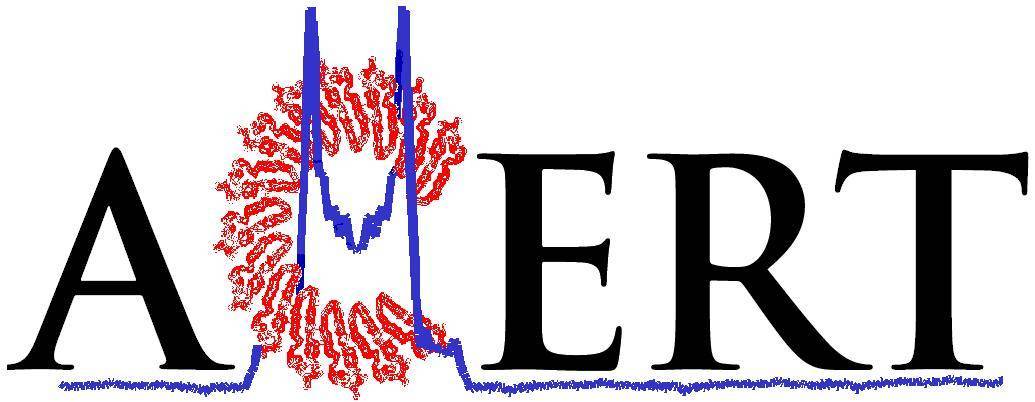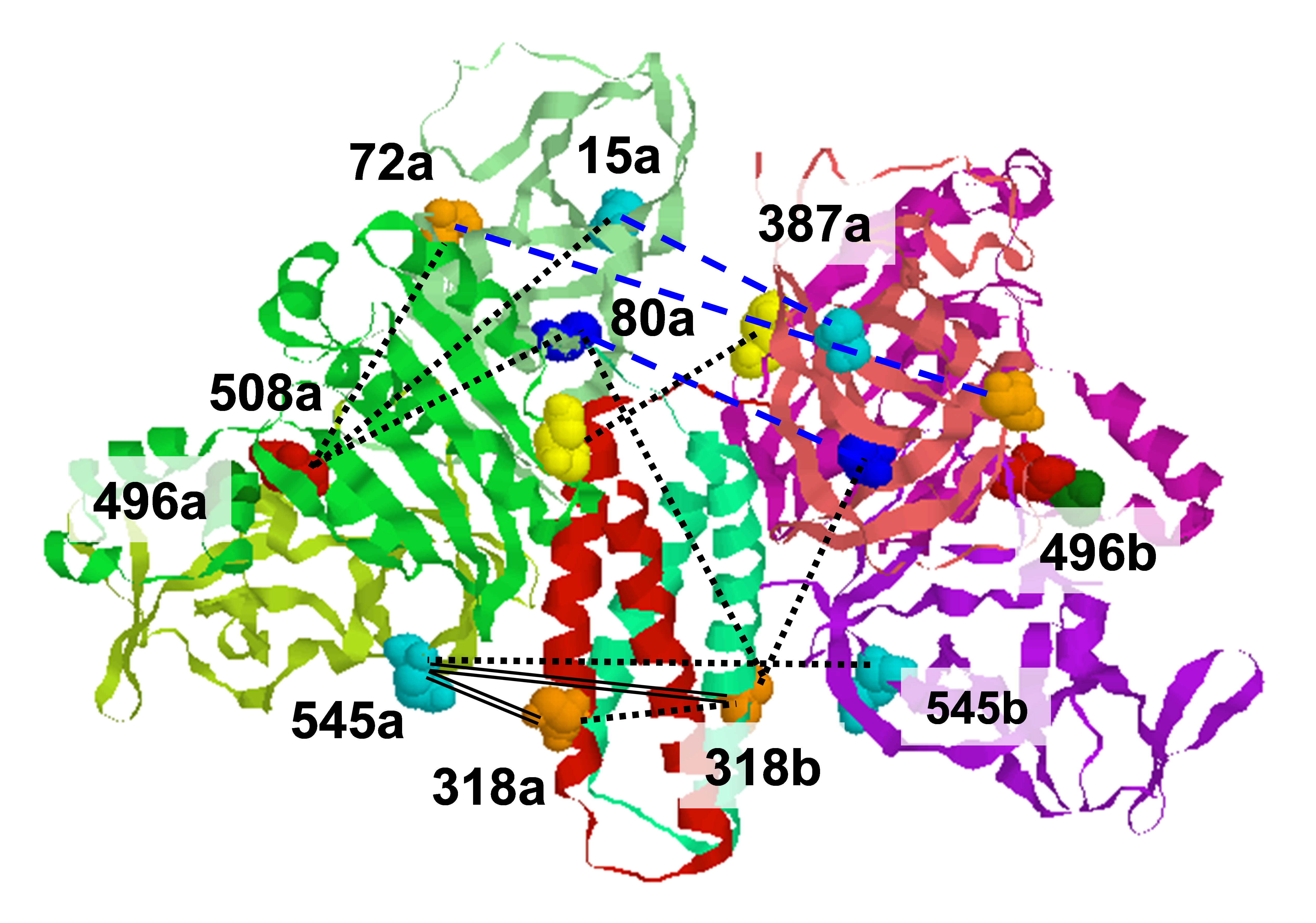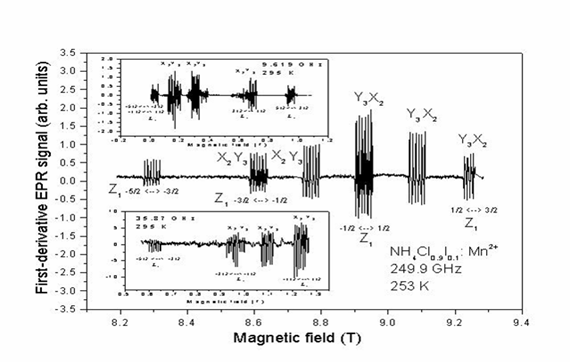.svg) National Institute of General Medical Sciences |
 |
 |
National Biomedical Resource for |
| ACERT's Service and Collaborative Projects | |
Recent developments in magnet and millimeter-wave technology have led to significant technical advances in high-field/high-frequency-ESR (HFHF-ESR). However, single-crystal (sc) studies at frequencies above 95GHz have not been common for want of suitable goniometers to perform the crystal rotation. Nevertheless, sc studies within the context of HFHF-ESR can be extremely useful, particularly due to the demonstrated enhanced g-resolution compared to ESR at conventional frequencies. When combined with sc studies at low fields, the major benefit of HFHF-ESR sc studies is that the parameters of the spin hamiltonian, which report on the chemical environment of the ESR-active moiety, can be rigorously determined by a simultaneous non-linear least-squares fit to the entire multifrequency data set. This is particularly important for biomolecules bearing transition metal ions with large zero-field splitting (ZFS) parameters that are ESR silent at low frequencies or have spectra that are characterized by 'forbidden' transitions that may be difficult to interpret in the absence of other experimental data. We have recently developed a goniometer that has allowed us to perform sc rotation studies at 250GHz on a variety of Kramers ions, such as Fe(III), and Mn(II), and non-Kramers ions such as Ni(II). We show a representative spectrum of Mn(II) (S=5/2,I=5/2) in NH4Cl0.9I0.1 which has three magnetically inequivalent sites indicated by Z1, X2 and Y3 in the figure. The Zeeman interaction dominates the spectrum at the high fields used in this study and thus the ZFS and hyperfine parameters may be read directly from the spectrum. We are extending our studies to non-heme iron containing enzymes, for which a low-temperature accessory has been developed in order to take advantage of the longer relaxation times available at lower temperatures for these systems. Publication: S.K. Misra, S.I. Andronenko, K.A. Earle, and J.H. Freed, Appl. Magn. Reson., 21, 549-561 (2001); no PMCID |
|
 |
|
|
S. K. Misra (Concordia University, Canada), K. A. Earle, J. H. Freed (ACERT) |
|
|
|
About ACERT Contact Us |
Research |
Outreach |
ACERT is supported by grant 1R24GM146107 from the National Institute of General Medical Sciences (NIGMS), part of the National Institutes of Health. |
|||||
| ||||||||